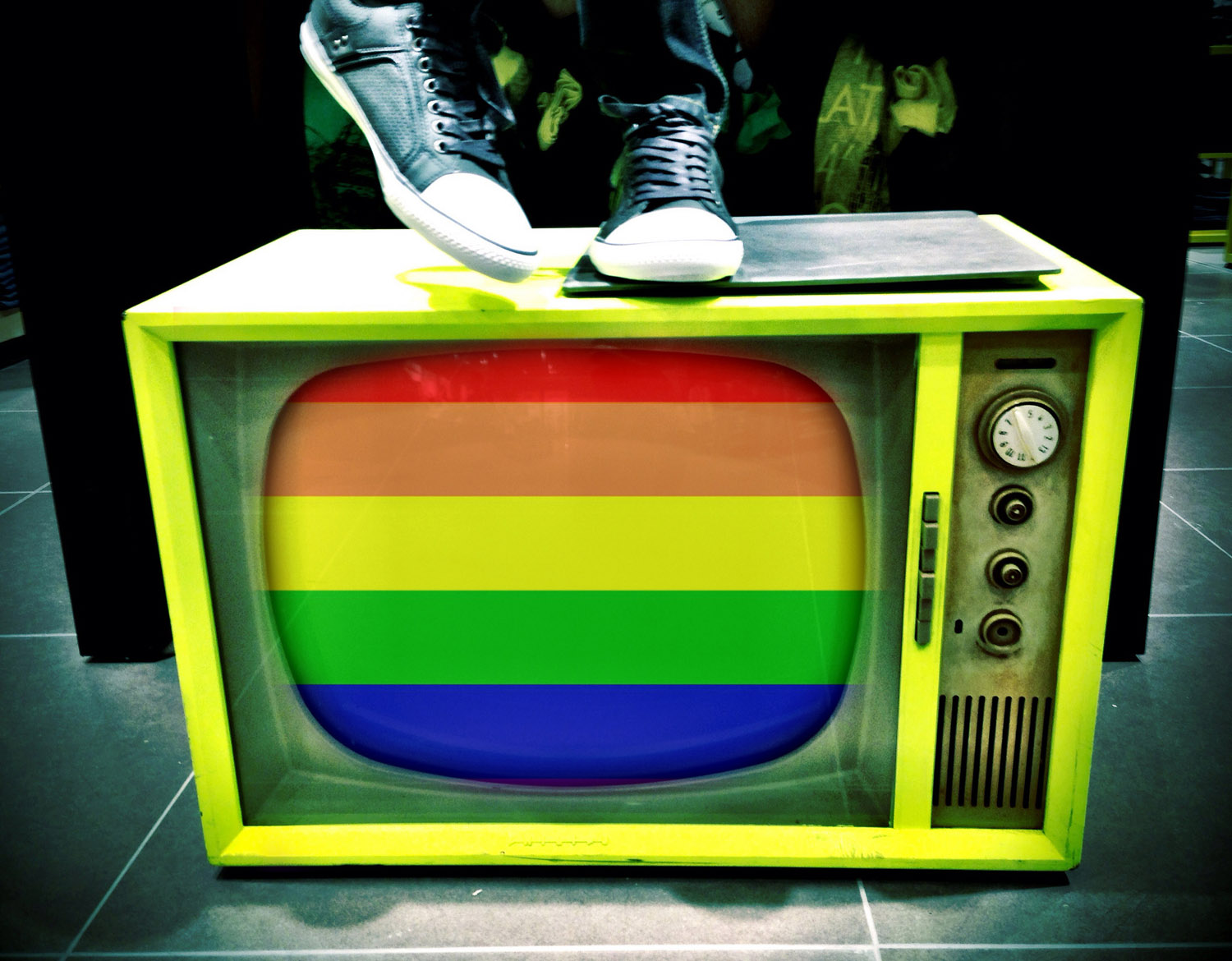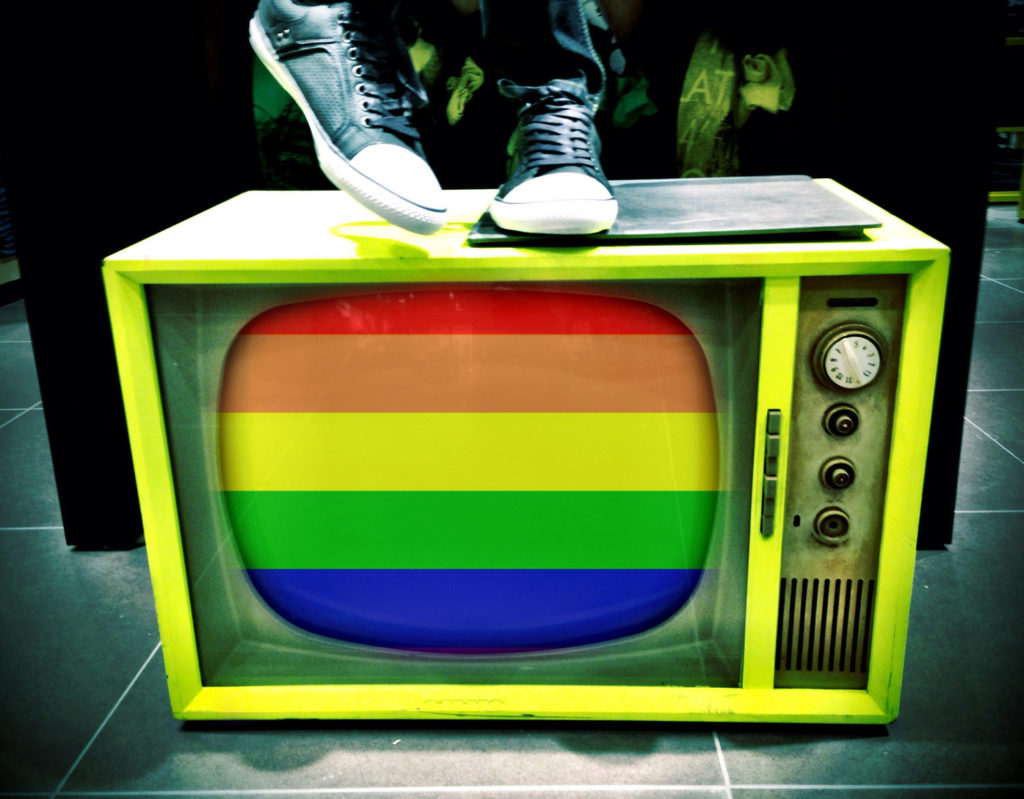Television holds a large amount of power within the United States, so it’s important that the characters portrayed on TV shows are diverse in order to be inclusive of all audiences. In the attempts for equal visibility, there needs to be more LGBTQ characters.
According to GLAAD, this year’s prime-time programming will showcase 881 regular characters, yet there will only be 35 who identify as lesbian, gay or bisexual, and there will be no transgender characters. On cable, there will be a total of 84 characters who identify as LGBTQ.
People’s interests in different television shows stem from the way they may relate to the characters, whether it be their personality, age, family dynamic or friends. I often hear people use the phrase “shows I’m watching now,” and our relations to fictional characters often have a lot to do with these choices because we enjoy following the lives of these characters and their stories.
Members of the LGBTQ community have trouble forming these relationships with characters on television, as very few characters portrayed in media today are part of the same community. While these connections have become easier to make in recent years, it is still hard to find characters on television that identify within the LGBTQ community.
With so many different identities and questions one might have about their identity, seeing accurate portrayals of different LGBTQ identities, or representation at all, is really important. When we see fictional characters facing the same things we do, it brings a sense of normalcy to our life. Only viewing characters that are heterosexual or cisgender and completely confident with their identities can make people who do not identify that way or are questioning their identity feel alone.
Another important part of having LGBTQ characters on television is portraying them accurately. Charlotte in “Pretty Little Liars” is revealed as transgender and is portrayed as the villain and killer, which is giving bad visibility to the transgender community. We need to start seeing LGBTQ identities as a norm so people that are part of the this community can see themselves confidently portrayed.
Another positive effect to having more LGBTQ characters on television would be on those who don’t identify. Seeing LGBTQ individuals in a positive light would lead to more acceptance.
With all of these benefits to both people inside and outside of the LGBTQ community apparent, this should become more important to television producers and writers.




